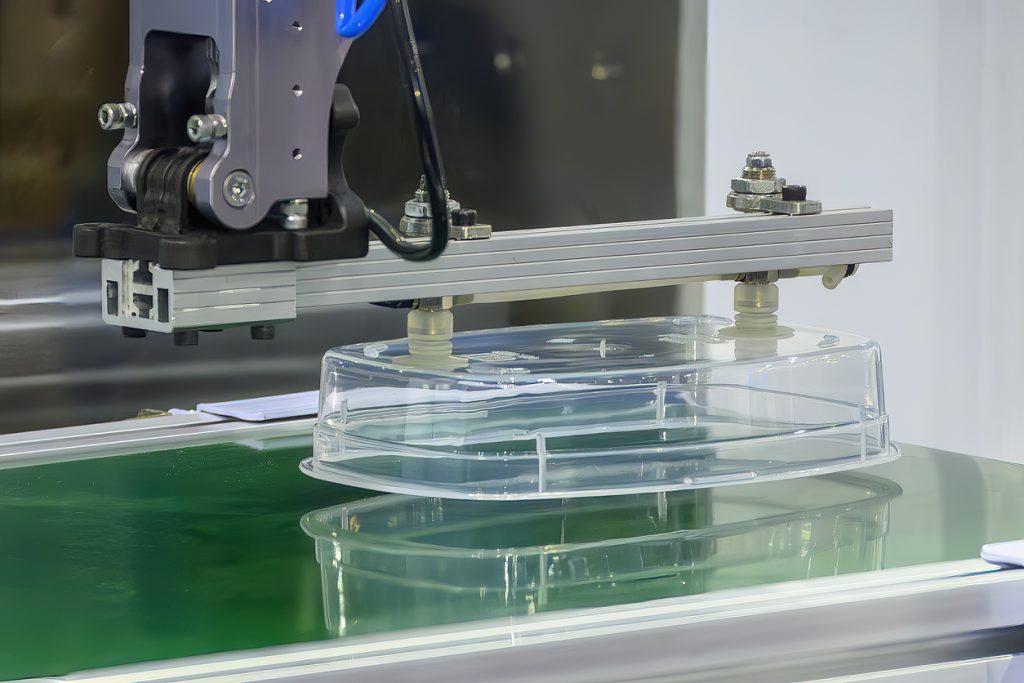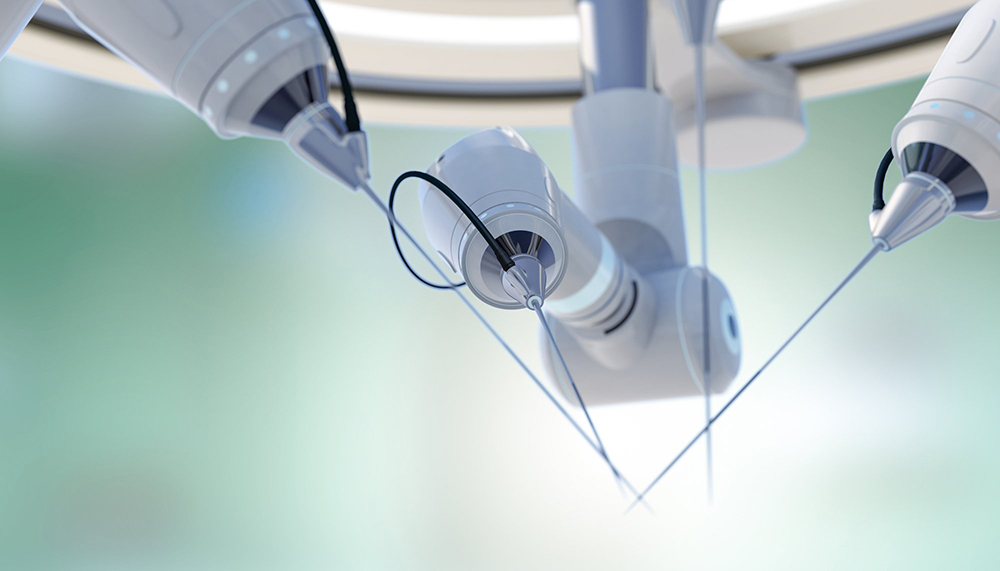The U.S. population is experiencing major demographic changes as more and more people age. In fact, the number of Americans aged 65 and older is expected to increase 47% to 82 million by 2050. With these demographic shifts, you can …
Read More
Optimizing Electromechanical Assembly for Improved Efficiency and Quality in Your Precision Machined Parts
Electromechanical assembly is an important part of creating high-performing and high-quality precision machined components. It involves assembling electrical and mechanical components accurately to ensure proper part functionality. Here, we will dive into the advantages of using electromechanical assembly to optimize …
Read More
Semiconductor CNC Machining for High-Performance Components
The semiconductor market involves the manufacturing of components and parts that manipulate electrical currents, such as circuits, microprocessors, or memory chips. These components are used in a variety of electronic devices, like phones, computers, televisions, and appliances. Utilizing semiconductor CNC …
Read More
Why Precision Matters in Medical CNC Machining
The medical product industry is seeing rapid growth, with advancements in technology, a population that is increasingly aging, and a greater reliance on home-based healthcare. America is getting older; the number of Americans aged 65 or older is projected to …
Read More
The Role of Tight Tolerance Precision Machining in the Aerospace and Defense Industries
Tight tolerance precision machining can improve part performance and is critically important for aerospace and defense products. Learn more.
Read More
Enhancing Quality and Durability: Choosing the Right Metal Part Finishing Services for Your Application
Metal part finishing services are important for extending the longevity of your precision machined part. Learn more here.
Read More
Use of military grade steel in aerospace and defense manufacturing
Industries like medical, aerospace, and defense are all highly regulated because they require extreme precision for the tools and devices they use. From operating…
Read More
The benefits of using thermoforming processes for plastic fabrication
Across MultiSource Manufacturing LLC facilities, our production floors have access to a broad range of specialized materials, tools, equipment, and expertise. Our engineers, technicians…
Read More
When to choose quality plastic fabrication for your custom manufacturing project
Plastics may only boast a relatively recent use in industrial fabrication and manufacturing, but they’ve solidified their role as a viable material for strong, long-lasting parts…
Read More
Microfabrication for medical device manufacturing
For almost 25 years, MultiSource Manufacturing LLC has worked to engineer and fabricate precise parts, components, and full assemblies for the medical device…
Read More









